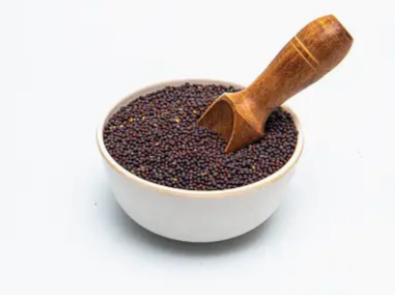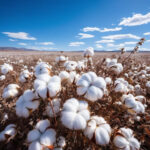The surge in mustard crop, especially in key regions like Rajasthan and Uttar Pradesh, presents promising prospects for the agriculture sector.
Mustard Crop Report
RMSI Cropalytics Pvt Ltd, tasked with the survey, has submitted its third report, leveraging remote sensing technology for data collection. According to the findings presented in the report, the all-India mustard crop acreage stands at an impressive 100.39 lakh hectares, marking a notable 5 percent increase from the previous year’s estimate of 95.76 lakh hectares.
Regional Insights
Rajasthan Leads, West Bengal Declines
In Rajasthan, a prominent mustard-growing region, the acreage has seen a steady rise, escalating to 37,82,222 hectares during the rabi season of 2023-24 compared to 37,43,272 hectares in the preceding year. Similarly, Uttar Pradesh has witnessed a substantial expansion in mustard acreage, reaching 17,76,025 hectares from 14,00,584 hectares, while in Madhya Pradesh, the sowing area has surged to 13,96,374 hectares from 13,23,881 hectares.
Conversely, certain regions have experienced a decline in mustard cultivation. Notably, in West Bengal, the acreage under mustard has shrunk to 5,90,734 hectares from 6,41,170 hectares, indicating a concerning trend.
Factors Influencing Mustard Farming Choices
Farmers in several districts of Gujarat and Rajasthan have opted to diversify their crop choices, pivoting away from mustard cultivation due to lower price realization. This shift in agricultural strategy underscores the dynamic nature of farming decisions influenced by market dynamics and price trends.
Import Dependency and Domestic Production
While domestic mustard production is on the rise, India continues to rely heavily on imports to meet the substantial demand for edible oils. This dependence highlights the need for strategic planning and policies to bolster domestic production and reduce import reliance, ensuring food security and sustainability in the long term.
However, challenges such as fluctuating prices and import dependency necessitate a holistic approach encompassing policy interventions, technological advancements, and market reforms to foster sustainable growth and resilience in the mustard cultivation landscape.

Conclusion
The increase in mustard acreage during the Rabi season 2023-24 reflects promising growth prospects for the agriculture sector. However, it also brings to light the challenges of import dependency and fluctuating market dynamics. Addressing these challenges requires a comprehensive approach involving policy reforms and technological innovations to ensure sustainable growth and resilience in mustard cultivation.
click Here For More Information
FAQs
- Why has mustard acreage increased in the Rabi season of 2023-24?
- The increase in mustard acreage can be attributed to various factors such as favorable weather conditions, government support, and higher market demand.
- What regions have witnessed a decline in mustard cultivation?
- West Bengal stands out as one of the regions experiencing a decline in mustard cultivation, along with certain districts in Gujarat and Rajasthan.
- How does import dependency affect mustard farmers?
- Import dependency exposes mustard farmers to market fluctuations and price volatility, impacting their income and sustainability.
- What measures can be taken to reduce import dependency in the mustard sector?
- Implementing policies to incentivize domestic production, investing in research and development, and promoting sustainable farming practices can help reduce import dependency.
- What role do technological advancements play in mustard cultivation?
- Technologies such as remote sensing and precision agriculture can enhance productivity, optimize resource utilization, and mitigate risks for mustard farmers.










